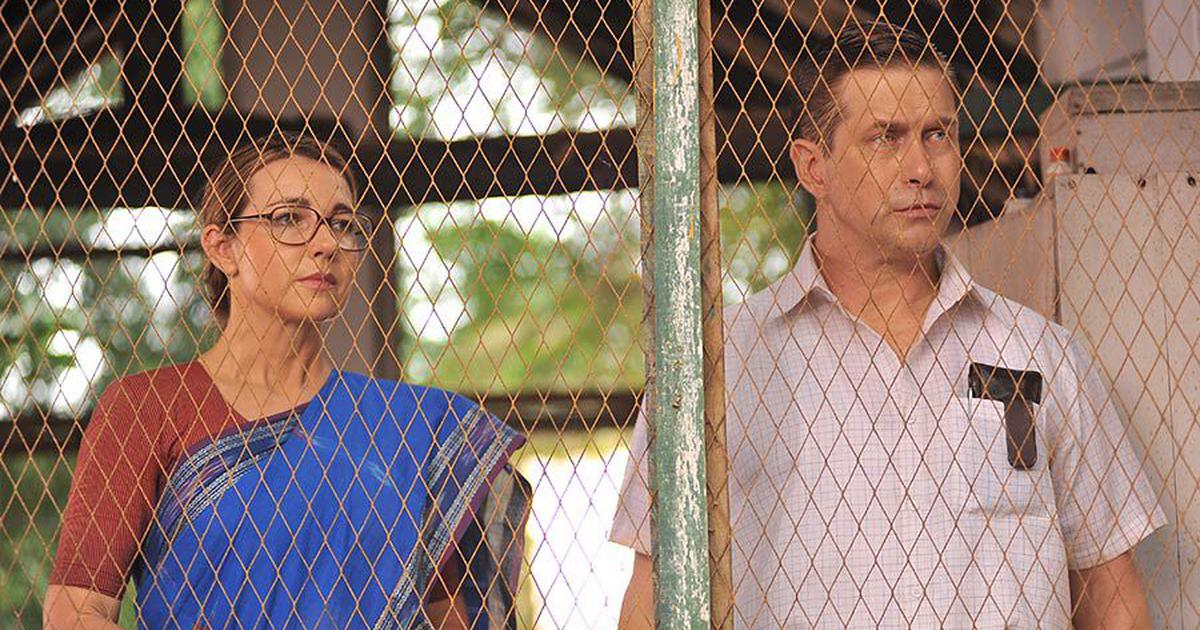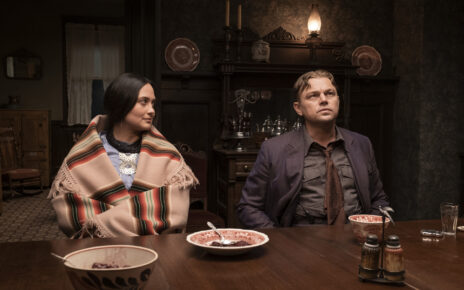There is an ugly arrogance that goes with the work of missionaries. Among the 4,200 religions in the world, assuming yours is true path to salvation takes a giant brass pair of prayer beads. I don’t deny many missionaries do valuable and life-uplifting work, but if the ultimate goal is to make more of you, that’s as obnoxious as that 19-kids-and-counting family :shudder: No matter your intentions, if you don’t see the arrogance involved, you’re never going to understand why locals think of you as imperialists.
I say this all because while the real Graham Staines deserved better: he deserved a longer life, he deserved to be honored in his lifetime for his good deeds, and he deserved to be portrayed on film by somebody other than Stephen Baldwin, The Least of These: The Graham Staines Story should have been an uplifting, powerful, and tragic documentary. Instead, it was a condescending propaganda piece, mocking the values of Indian villagers, which –as I understand it- was exactly what Graham Staines would not have wanted.
Cub reporter Manav Banerjee (Sharman Joshi) has all the skills to be a terrible investigative journalist. Clumsy, undiplomatic, and aiming to evidence a pre-ordained conclusion rather than real investigation, he breaks his rented camera while arguing with the subject of tomorrow’s hitpiece on illegal conversions. Banerjee needs this job; he just spent all his dough on an apartment and the camera, and has a new wife eight-months pregnant at home. His piece-of-crap boss will only employ him if his Banerjee’s muckraking can uncover evidence of imperialism, hence the conclusion was written before the evidence presented. You might think I do this, too, and –I daresay- sometimes I do, but I had no idea who the Hell Graham Staines was when I entered the theater. Here’s where the insight gets a little dicey: Banerjee is our narrator, played in the “how could I have been so blind?” style, and so he presents as “my boss and his pals are the real villains; I just needed a job.” OK, but you were the one who presented the idea to your future boss, and you were the one who gave up his undercover to battle with a local cleric. And you were the one who genuinely sought dirt on Australian Christian missionary Graham Staines.
The white savior-ism in this film reaches Satanic levels of unacceptable. The only white people in the film are Staines, his wife, and three children, all of whom are presented as angelic. The Indians in the film come in two flavors: lepers and those intolerant of lepers. The latter double as those happily running the Staines gang out of town. Staines himself is portrayed as a humble do-gooder, never offensive, never intrusive. He’s only interested in healing lepers. Why sure, if some want to convert to Christianity, well that’d be grand, but I’ll have my guy do it for me. It’s funny how even in as magnanimous and one-sided a portrayal as this film offers, the bigotry can’t escape this screenplay. It isn’t enough for the mood of the piece to characterize the locals as unsympathetic tribesmen, Staines himself actually offers the phrase “lives with no eternal value” to describe the non-Christians masses.
The film is replete in the irony of xenophobia. Indian villagers –most of whom share the exact same POV, btw- treat the foreign missionary with an air of mistrust and misunderstanding. Why, it’s not unlike exactly what we do in the United States with regards to Hispanic immigrants. And yet, this film is uniquely tailored to appeal to the same kinds of folks who would scream bloody murder and rush to arms at the mere thought of a north-headed caravan of desperate and displaced Hondurans. Oh, when it’s you at the border with a cage for a child a catapult for the adults, that’s “keeping America safe,” but when it’s Indians destroying the family of an Australian missionary, that’s a tragedy. If you can truly separate these things in your mind, you are a better man than I.
missionary, that’s a tragedy. If you can truly separate these things in your mind, you are a better man than I.
I tried to watch this propaganda wondering what I’d do if I were related to Graham Staines. I’d probably want to make a hitpiece, too. I might want to load it up with all sorts of ugly images to contrast white “purity” and make my deliberately light-skinned Indian narrator a repentant reform project – while fully portraying all dark-skinned Indians as territorial and amoral. However, in between ranting and story-boarding, I would hope that common sense and my own higher power would steer me in the direction of inclusivity and understanding and forgiveness. Ultimately, I’d hope that The Least of These: The Graham Staines Story was the very last picture I’d want to make for it undermines exactly what the man himself stood for. This film is a potential B/B+ documentary transformed into a D- biodrama. Congratulations, that’s one Hell of a conversion, my Christian brothers.
Staines is the man of the hour
Though his tale would make people glower
Missioner ‘til the end
Congrats, my new friend
I’ve converted from apathetic to sour
Rated PG-13, 112 Minutes
Director: Aneesh Daniel
Writer: Andrew E. Matthews
Genre: Propaganda
Type of being most likely to enjoy this film: Christian imperialists
Type of being least likely to enjoy this film: Indians



